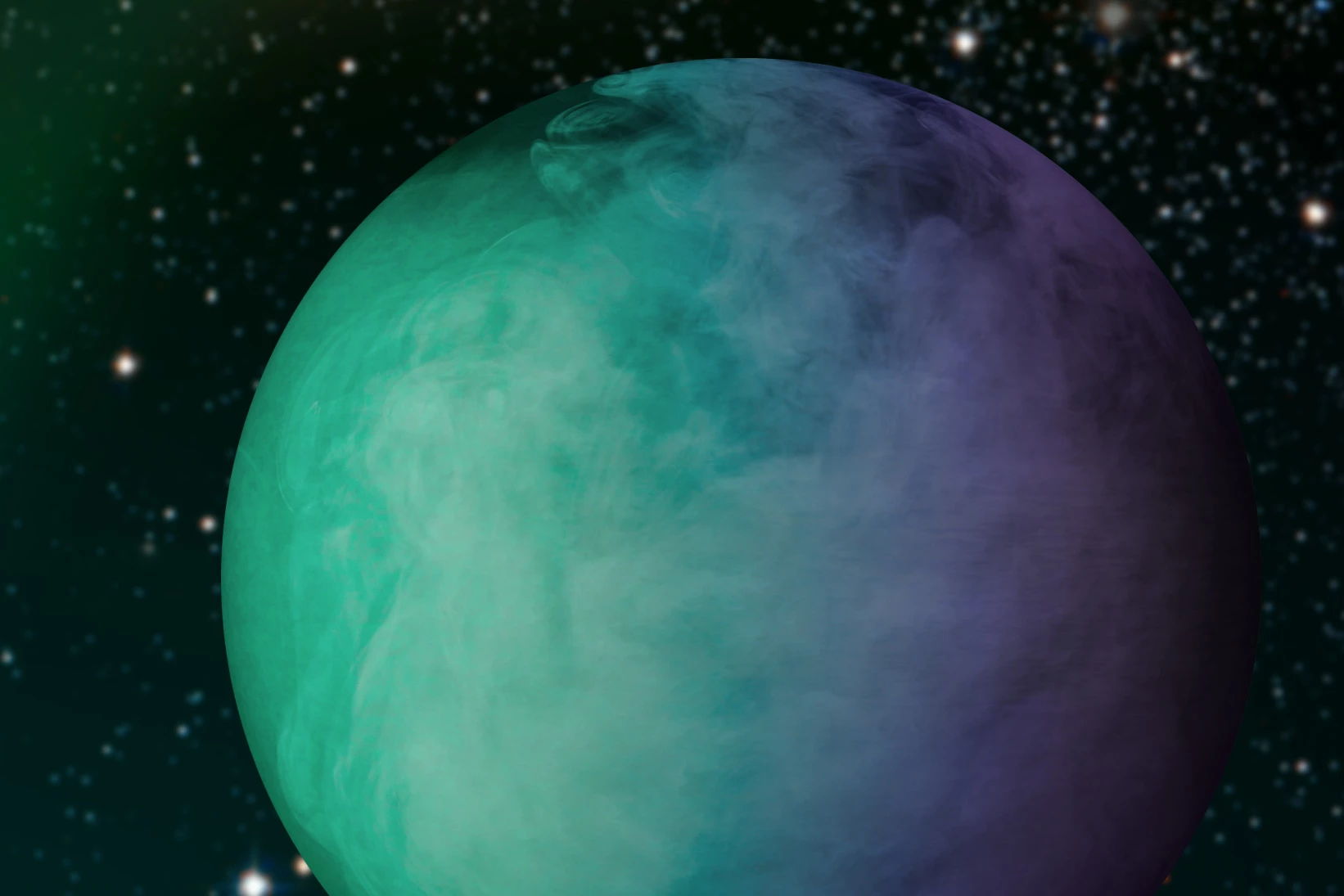MIT researchers have developed a method of analyzing data from NASA's Keplar space observatory, that allows for the detection of clouds present in the atmosphere of distant exoplanets. Whilst such work may seem like blue sky science, the research has potentially profound implications for determining the habitability of distant worlds.
A well-established method of detecting exoplanets is to use telescopes such as Hubble and Kepler, in order to detect the tell-tale dip of light which informs astronomers that a planetary body is transiting across the disk of its parent star.
A team of researchers from MIT has taken this process one step further, observing the subtle scattering of light that occurs as the light from the parent star scatters on clouds in the atmosphere of the distant planets. Depending on the composition of the clouds, the light scatters into different wavelengths, allowing astronomers to guess at the weather prevailing on worlds millions of miles from Earth.
At the time that the data was captured, Kepler was trained at a single spot in the night sky, constantly observing 145,000 stars, many of which play host to one or more exoplanets. Out of this multitude, the MIT team (led by assistant professor of aeronautics and astronautics Kerri Cahoy) chose to observe the exoplanet Kepler-7b.
Kepler-7b is known to be an inhospitable world, with temperatures in the atmosphere approximating 1,700 Kelvin. The team relied on existing data on temperature and pressure to create an atmospheric model of Kepler-7b, and used this to run more than 1,000 atmospheric model simulations in order to determine what kind of clouds present on the exoplanet would account for the light scattering detected by Kepler.
It was found that Kepler-7b most likely plays host to clouds composed of vaporized silicates and magnesium. These are minerals ordinarily found in rocks on Earth, however the extreme heat present in the exoplanet's atmosphere allows them to exist in cloud form.
"A planet’s cloud coverage and composition also has a significant impact on how much of the energy from its star it will reflect, which in turn affects its climate and ultimately its habitability," states Nikole Lewis, a postdoc at MIT's Department of Earth, Atmospheric, and Planetary Sciences. "So right now we are looking at these big gas-giant planets because they give us a stronger signal. But the same methodology could be applied to smaller planets, to help us determine if a planet is habitable or not."
Looking to the future, the team hopes to apply the method to Kepler's follow-up mission, K2, which will focus on a different region of the night sky and on data returned by MIT's own Transiting Exoplanet Survey Satellite.
Source: MIT




